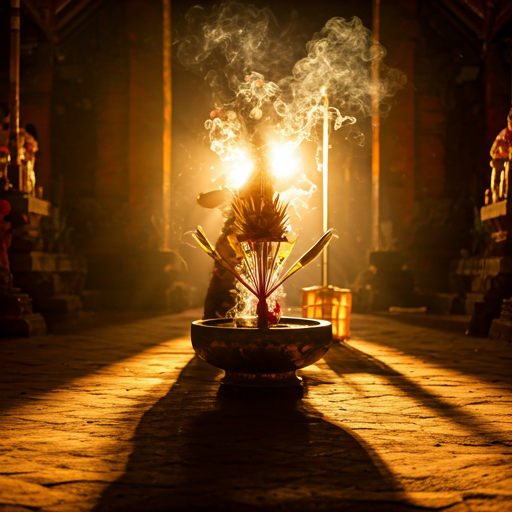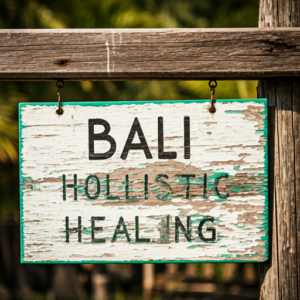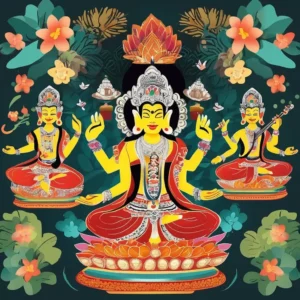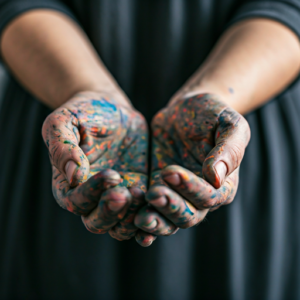The mystical island of Bali has long been a haven for those seeking spiritual enlightenment and artistic inspiration. Bali Spiritual Photography has emerged as a powerful medium for capturing the profound connection between the physical and spiritual realms that permeate every corner of this enchanted paradise.
In recent years, photographers from around the globe have been drawn to the unique spiritual atmosphere that blankets this Indonesian gem. Bali Spiritual Photography offers a window into a world where ancient traditions, modern devotion, and artistic expression seamlessly intertwine, creating visual narratives that speak to the soul.
For generations, the island’s deep-rooted spiritual practices have provided endless opportunities for visual storytelling. Bali Spiritual Photography has become more than just a genre – it’s a journey into understanding the heart and soul of Balinese culture, where every ritual, ceremony, and daily offering becomes a moment worthy of preservation through the lens.
What is Bali Spiritual Photography?
At its core, spiritual photography in Bali goes beyond mere documentation of religious ceremonies and sacred sites. It’s about capturing the invisible threads that connect the Balinese people to their ancestors, deities, and the natural world. This unique form of visual art requires patience, respect, and an understanding of local customs.
Who Are the Masters Behind the Lens?
Meet the passionate photographers who have dedicated their lives to documenting Bali’s spiritual essence. From local artists who grew up immersed in the culture to international photographers who fell in love with the island’s sacred traditions, each brings their unique perspective to this specialized field.
Why Bali Spiritual Photography Matters
The significance of documenting Bali’s spiritual practices extends far beyond aesthetic value. These photographs serve as historical records, educational tools, and bridges between cultures, helping preserve ancient traditions for future generations while promoting cross-cultural understanding and appreciation.
Where to Find Sacred Moments
From the mist-shrouded temples of Besakih to the intimate family compounds where daily offerings are made, Bali offers countless locations for spiritual photography. Here are some of the most revered spots:
- The ancient water temples of Tirta Empul
- The dramatic seaside temples of Tanah Lot and Uluwatu
- The mountain sanctuaries of Mount Agung
- The village temples during Odalan ceremonies
When to Capture Divine Moments
Timing is crucial in spiritual photography. Understanding the Balinese calendar and its various ceremonies is essential:
- Galungan and Kuningan celebrations
- Pre-dawn ceremonies and rituals
- Full moon and new moon ceremonies
- Traditional cremation ceremonies (Ngaben)
How to Approach Sacred Photography
Capturing spiritual moments requires more than technical skill – it demands cultural sensitivity and respect. Consider these essential aspects:
- Understanding Cultural Protocol
- Always seek permission before photographing ceremonies
- Dress appropriately in traditional temple attire
- Maintain a respectful distance during sacred moments
- Learn basic Balinese customs and greetings
- Technical Considerations
- Working with natural light in temple settings
- Capturing motion in ceremonial dances
- Managing low-light conditions during dawn rituals
- Using appropriate lenses for different situations
- Ethical Guidelines
- Respecting privacy and sacred spaces
- Avoiding disruption of ceremonies
- Contributing to local communities
- Sharing images responsibly
The Journey of Documentation
The path of spiritual photography in Bali requires dedication, patience, and cultural immersion. Photographers must:
- Build relationships with local communities
- Study traditional customs and beliefs
- Develop an eye for meaningful moments
- Learn to anticipate significant events
The Impact on Modern Culture
This unique form of photography has influenced:
- Cultural preservation efforts
- Tourism development
- International understanding
- Local pride and identity
Equipment and Techniques
Successful spiritual photography requires:
- Versatile camera bodies suitable for various lighting conditions
- A range of lenses for different perspectives
- Knowledge of natural and artificial lighting
- Post-processing skills that maintain authenticity
Building Relationships
Creating meaningful spiritual photographs depends on:
- Establishing trust with local communities
- Learning from spiritual leaders
- Participating in community events
- Understanding ceremonial significance
Challenges and Considerations
Photographers often face:
- Weather uncertainties
- Cultural sensitivities
- Technical difficulties
- Access restrictions
Educational Value
Spiritual photography serves as:
- A teaching tool for cultural studies
- Documentation for historical records
- Inspiration for future generations
- Bridge between traditions and modernity
Conservation Through Photography
The role of photography in preserving spiritual traditions:
- Documenting endangered practices
- Raising awareness about cultural heritage
- Supporting conservation efforts
- Inspiring youth engagement
Future Perspectives
The evolution of spiritual photography continues through:
- New technological advances
- Changing cultural dynamics
- Growing global interest
- Environmental challenges
Economic Impact
The influence on local communities includes:
- Tourism opportunities
- Employment creation
- Cultural exchange programs
- Artistic development
In conclusion, the art of Bali Spiritual Photography continues to evolve while maintaining its core purpose: documenting and preserving the island’s rich spiritual heritage. Through respectful documentation and artistic interpretation, photographers help ensure that these sacred traditions remain alive for generations to come.






